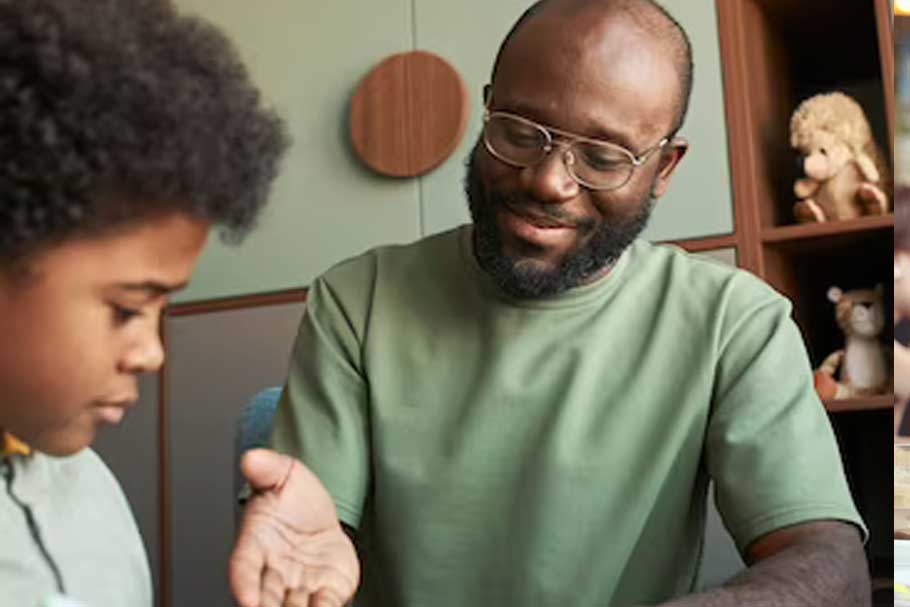
A learning disability is a neurological condition that affects a person’s ability to learn and process information. It is estimated that 1 in 5 people in the United States has a learning disability, yet there are still many misconceptions about what they are and how to support those who have them. In this blog post, we will explore what learning disabilities are, how they are diagnosed, and what you can do to support someone who has a learning disability.
Learning Disabilities: What They Are and How to Support Those Who Have Them
-
What are Learning Disabilities?
Learning disabilities are a group of disorders that affect the way the brain processes and interprets information. They can affect a person’s ability to read, write, speak, listen, and do math. Some common learning disabilities include dyslexia, dyscalculia, and attention-deficit/hyperactivity disorder (ADHD).
How are Learning Disabilities Diagnosed?
Diagnosing a learning disability typically involves a comprehensive evaluation by a team of professionals, including a psychologist, educational specialist, and other medical professionals as needed. The evaluation may include a review of the person’s medical and educational history, academic and cognitive testing, and observation of the person’s behavior and performance in various settings.
What Can You Do to Support Someone with a Learning Disability?
If you know someone with a learning disability, there are several things you can do to support them:
- Educate Yourself: Learn more about the person’s specific learning disability, how it affects them, and what strategies may help them.
- Be Patient: It may take the person with a learning disability longer to process information or complete tasks. Be patient and allow them the time they need to succeed.
- Provide Support: Offer to provide support or accommodations, such as extra time on tests, assistive technology, or a quiet study space.
- Encourage Strengths: Help the person identify and develop their strengths and interests, and find ways to incorporate them into their learning and daily life.
- Advocate: Be an advocate for the person and help them access the resources and support they need to succeed.
Conclusion
Learning disabilities are a common neurological condition that affects many people in the United States. By understanding what they are, how they are diagnosed, and what you can do to support someone with a learning disability, you can help create a more inclusive and supportive environment for those who have them. Remember, with the right support and accommodations, individuals with learning disabilities can thrive and achieve their goals.
